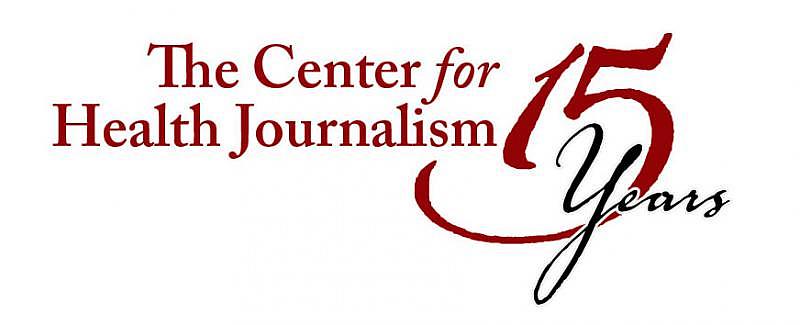
Board members and Center staff will take part in two table discussions over lunch – one focused on our program offerings and ideas for innovation and the other on new sustainability models for the Center to consider.
Discussion Leader: Carmen Rita Nevarez, MD, MPH, vice president for external relations and preventive medicine advisor, Public Health Institute
The Center for Health Journaism has a good story to tell about our growth and funding diversification as we celebrate our 15th Anniversary. As recently as 2014, virtually all of our funding came from our founding funder, The California Endowment. Today, we have 10 foundation partners and our overall size has grown even as our reliance on any one funder has been signficantly reduced. Our accomplishments provide us with a solid base to build on for the next 15 years and also afford us with the opportunity to continue to explore with the advisory board other ways to build our sustainability and to create reserves.
We’d welcome your input on ways to diversify the kinds of support we receive and your ideas on how the board can help us reach goals, such as building:
- Programs for non-journalists based on our successful journalism programs -- such as helping non-profits with creating data-informed narratives
- Strategies for bringing in individual donors whose gifts can contribute to our reserves (most foundation funding is earmarked for specific projects and operating expenses)
- New initiatives that advance sustainability and fit with the center’s mission and journalism ethics
Food for Thought: What new sources of revenue might we develop? What ongoing sources of revenue could bring in a steady stream of support? There are a plethora of experiments going on among non-profit news organizations. While these organizations are very different in some respects from our Center, their models might spark ideas. Some news non-profits rely on small donations from subscribers. Others turn to big community events, in partnership with the symphony or the opera. The Los Angeles and New York Times invite readers to sign up for cruises guided by their star reporters. Small news outlets rely on paid obituaries and legal notices. The National Press Foundation holds awards ceremonies and charges for tables and entries. It also accepts industry funding for its health seminars. Some nonprofit news outlets and public radio stations hold kickstarter campaigns. The Association of Health Care Journalists holds regional meetings and annual conventions in different locales across the country and supports itself from endorsements/promotional workshops hosted by medical schools.
Professional nonprofit groups such as the National Council of Nonprofits recommend that a small nonprofit should have a minimum of three to six months of expenses in reserve. While the Center for Health Journalism is based at the USC Annenberg School of Journalism, it functions very much like a small non-profit, as we are self-sustaining and rely on grants and fundraising efforts.
Here's some reading to get us thinking:
Here’s a Knight Foundation write-up on sustainability strategies
The Texas Tribune Wants to Coach You on Its Money-making Lessons, Nieman Lab, December 5, 1029
A Look at How Foundations Are Helping the Journalism Industry Stand up Straight, Nieman Lab, June 18, 2018
5 Trends that Could Save Local News, Journalist's Resource, July 31, 2019
Global Investigative Journalism Network's Primer for Nonprofit Media Groups, September 10, 2018
What It Takes to Shift a News Organization to Reader Revenue, American Press Institute, January 22, 2018
Journalism Funders, Inside Philanthropy
Public Health Funders, Inside Philanthropy
